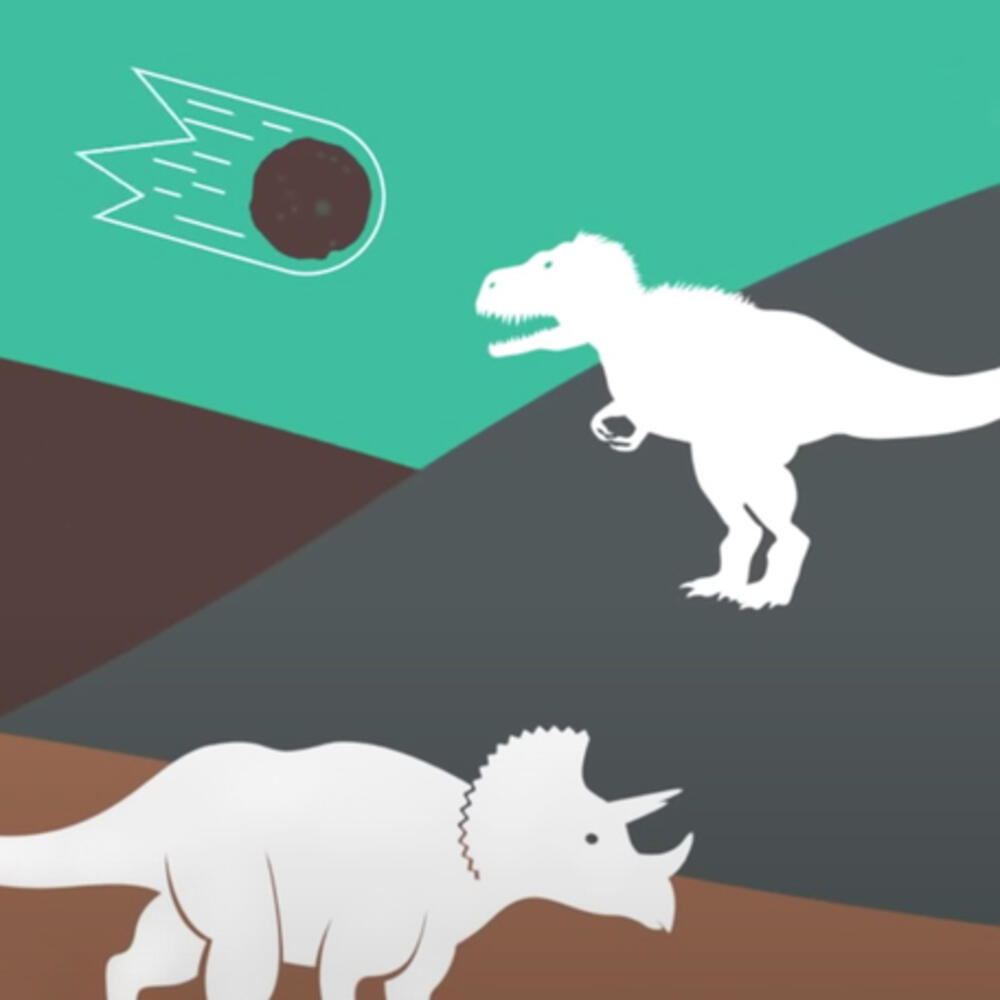Dinosaurs
D. Finnin/© AMNH
They dominated the planet until an extinction event wiped out a large swath of life on Earth about 66 million years ago. But now we know that the Age of Dinosaurs never ended. Instead, a group of dinosaurs gave rise to a new, small airborne form: birds.
The leading theory is that a huge asteroid or comet slammed into Earth 65 million years ago, blocking sunlight, changing the climate and setting off global wildfires.
 © AMNH
© AMNH
Watch our extensive collection of dinosaur videos.